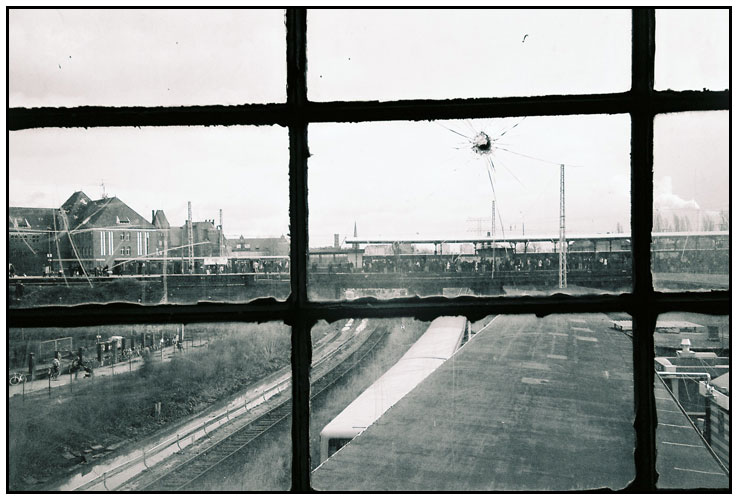Ron (Netherlands)
Well-known
Before I kept a 35mm I tested some myself, the CV 35, the Biogon and the asph summicron and the summaron. Biogon and summicron where not only outstanding on sharpness but also on contrast. I kept the summi because it is so damn sharp at all apertures.






